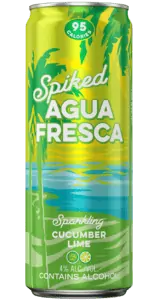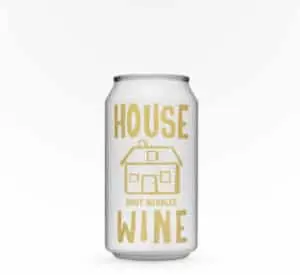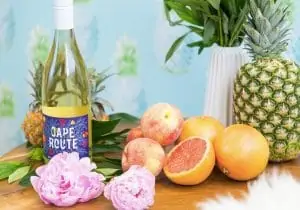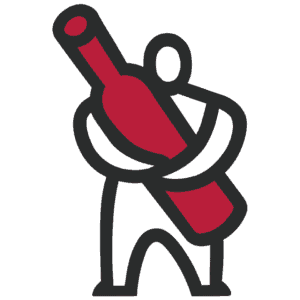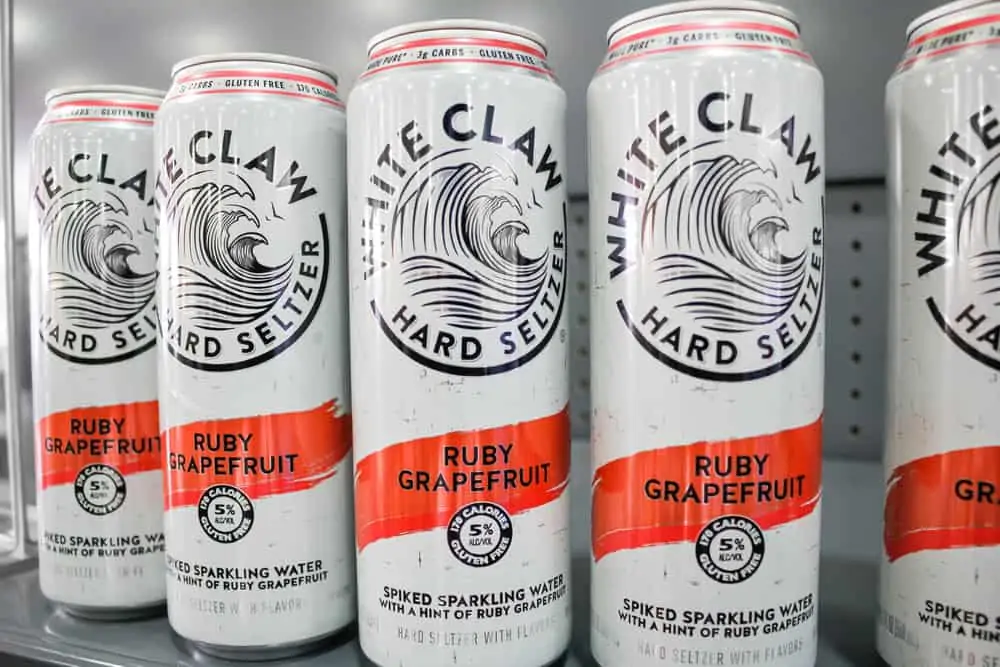
Hard Seltzer vs. Sparkling Wine
Hard seltzers have recently gained popularity nationwide, with even mainstream breweries developing their versions to compete with the new market. What are these hard seltzers, and why are they different from beer and wine?
Canned sparkling wines may be competition for hard seltzer, with an increasing number of vineyards offering canned versions of their favorite bubbles. Not yet as popular as hard seltzers, canned sparkling wines offer another easy selection to add to the ice chest.
Comparing taste, calories, and those pesky carbs, which would be better, a hard seltzer or sparkling wine at that next summer outing?
Click this link to jump to our comparison chart.
What is Hard Seltzer?
People are looking for low-calorie alcoholic drinks. They are also paying particular attention to the number of total carbohydrates.
A few years ago, a trend arose of spiking sparkling water. Mixing La Croix with vodka or tequila results in a low-carb and low-calorie drink. The perfect solution!
Hard seltzers entered the market on the heels of the vodka and La Croix craze. Now, brands such as White Claw and Truly dominate. However, breweries and distilleries also want to capitalize on their share of the niche. Catering to dieters and figure watchers across the nation is always big business.
Bud Light heavily campaigned during the 2020 Super Bowl, reassuring everyone that their product was NOT beer. Other big names, like PBR and Four Loko, have released forms offering a unique edge. PBR’s Stronger Seltzer is 8% ABV, with just one gram of sugar, using stevia as a sweetener. Four Loko’s Hard Seltzer Loko shows up all the others at 12.5% ABV.
Every hard seltzer is different. White Claw and Truly use fermented cane sugar to make the alcohol that's mixed with sparkling water, resulting in a drink between 4-6% abv. Others use malted barley or hard alcohol. Brands that make hard seltzer outside the US may also use fermented fruit.
Each brand also offers various flavors, including mango, pineapple, lime, lemon, black cherry, watermelon, and strawberry. Golden Road made their Spiked Agua Frescas a little more unique, using agua fresca-themed flavors like Strawberry Pineapple and Cucumber Lime.]
Canned Sparkling Wine
At a summer picnic, reaching into a cooler to grab a can of beer or hard seltzer might be easier than a bottle of sparkling wine. For wine, many people worry about properly chilling the wine and having to share a bottle among several people.
However, on your next liquor run, check out the sparkling wine section for a new range of options for canned sparkling wines. Looking deceivingly like a wine cooler or beer, cans produced by 14 Hands, Cupcake Vineyards, and Underwood (order here) offer quality sparkling wine in a can instead of a bottle.
Canned sparkling wine might offer some advantages over beer and hard seltzer. A 375 ml can, about the size of a normal soda can, contains about two standard glasses of wine. Wine averages around 10-14% ABV, so one can of sparkling wine would equate to about three cans of hard seltzer in terms of alcohol content.
Many cans will not have precise information regarding the type of bubbles you’ll get, whether it’ll be bone dry like extra brut champagne or as sweet as a Moscato d’Asti. 14 Hands Winery indicates its Bubbles can is a blend of the varietals Pinot Grigio, Riesling, and Muscat, suggesting it might be a sweeter sparkling wine. Cupcake Vineyards Sparkling Rose is a blend of Chardonnay and Pinot Noir, which are both typically dry varietals with low residual sugar.
Sparkling wine can have a stigma for being fancy or high-class, even celebratory. However, these canned options can definitely compete to add fun to your next summer outing.
Click Here To Order Sparkling Wine
Carbs and Calories
Carbs and calories, let’s dive into the nitty-gritty.
There are seven calories in each gram of pure ethanol alcohol and four calories per gram of sugar. ABV indicates the volume of alcohol in the total volume of the drink. For example, 11% ABV is 11% volume alcohol to the total volume of the product. Each milliliter of alcohol weighs roughly 0.8 grams.
Many alcoholic beverages don’t have nutritional labels to help consumers make educated buying decisions. Luckily, and perhaps strategically, most hard seltzers do, heavily marketing the calories and carbs to their target customers
The calories can be roughly calculated when labels are not present. Dry wines usually have less than one gram of sugar per ounce (residual sugar). For example, for a five-ounce glass of dry white wine with 12% ABV, there may be fourteen grams of alcohol and 5 grams of sugar. Most of the calories in a glass of wine come from the alcohol itself:
14 g alcohol x 7 calories per gram of alcohol + 5 grams sugar x 4 calories per gram of sugar = 118 calories
So, how do hard seltzers compare to sparkling wine?
| Brand | Calories | Carbs | ABV | Volume | Cost per Can |
| White Claw (Click here to order) | 100 | 2 g | 5% | 12 oz
(355 ml) |
$1.46 |
| Budlight Hard Seltzer | 100 | 2 g | 5% | 12 oz
(355 ml) |
$1.46 |
| Golden Road Agua Fresca (Click here to order) | 110 | 9 g | 4% | 12 oz
(355 ml) |
$1.37 |
| Cupcake Vineyards Canned Sparkling Rose | ~335 | 6-12 g | 11% | 375 ml | $5.99 |
| Underwood Winery Bubbles (Click here to order) | ~305 | 3.64g | 11% | 375 ml | $5.99 |
| 14 Hands | ~365 | 10-20 g | 11% | 375 ml | $5.99 |
Taste
Many hard seltzer brands add flavors or juice concentrate to their drinks, as the flavor of the alcohol and water alone would be lacking. These flavors often come across as artificial or hollow.
Some brands are better than others in producing authentic flavors. Golden Road’s Strawberry Pineapple tastes like sparkling water flavored with real strawberries and pineapple, while White Claw’s Lime tastes citrusy but not exactly like lime.
Sparkling wines derive their flavor from the various characteristics of their blend of grape varieties, the same as bottled sparkling wines. Some types of sparkling wine will have more residual sugar, though, and therefore more calories. Keying in on descriptions that clearly describe the sparkling wine as dry or include grape varieties like Pinot Grigio, Chardonnay, or Pinot Noir will help buyers choose lower-calorie (and carb) sparkling wines.
Summary
If drinking alcohol at a low cost to the pocketbook and to the diet is the primary driver in the buying decision, then hard seltzers are the way to go. However, if you want a better taste or even a higher alcohol content by volume, canned sparkling wines are a great recommendation for your next summer outing.
